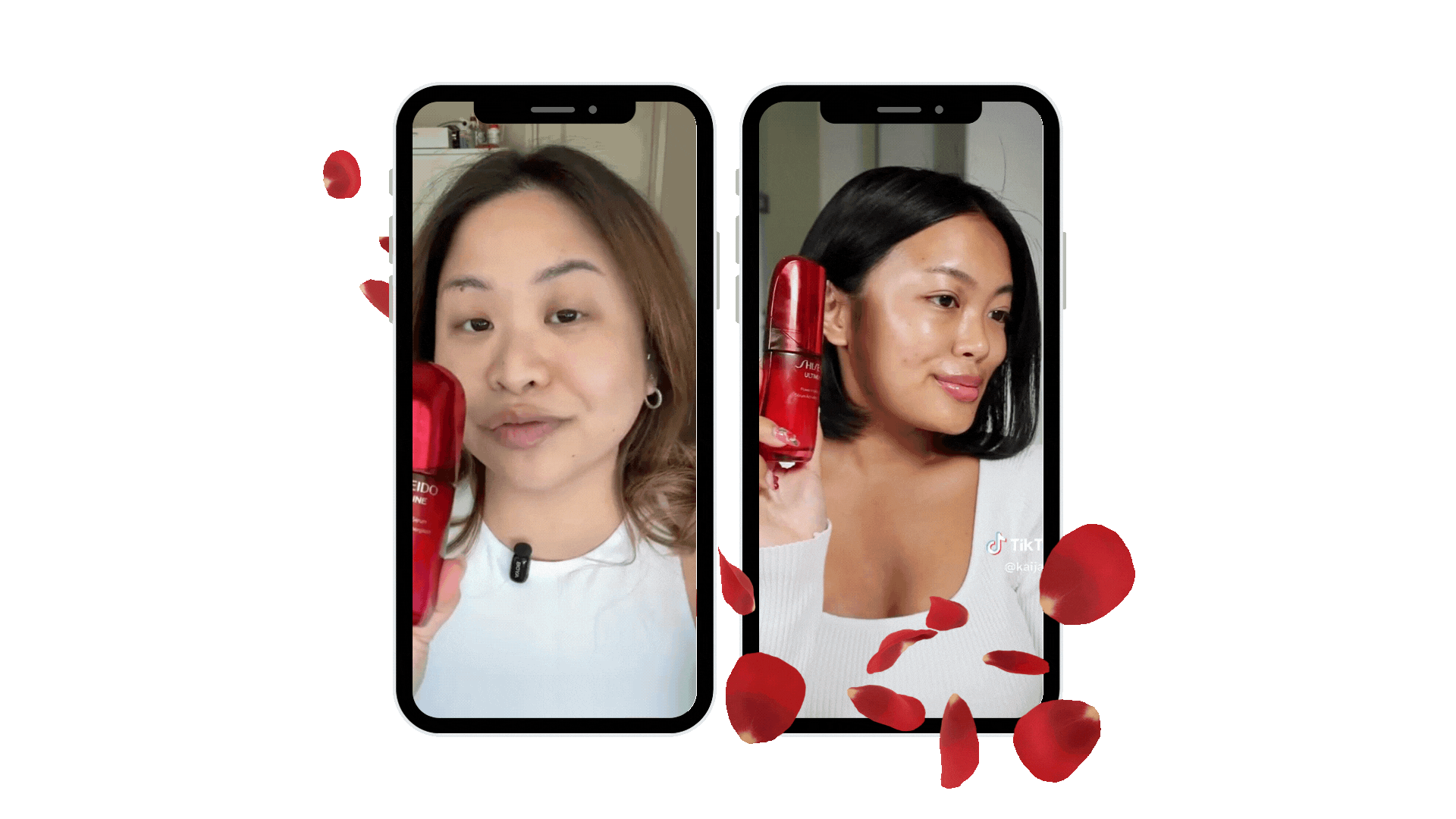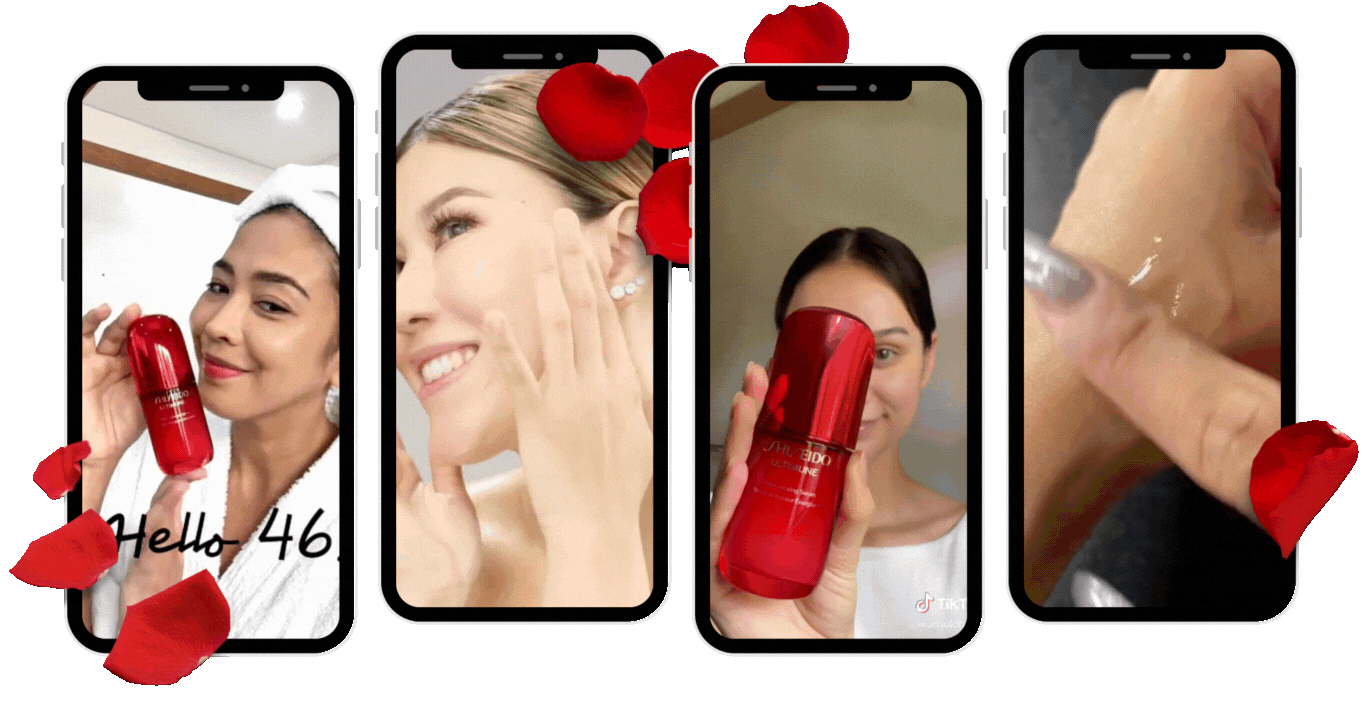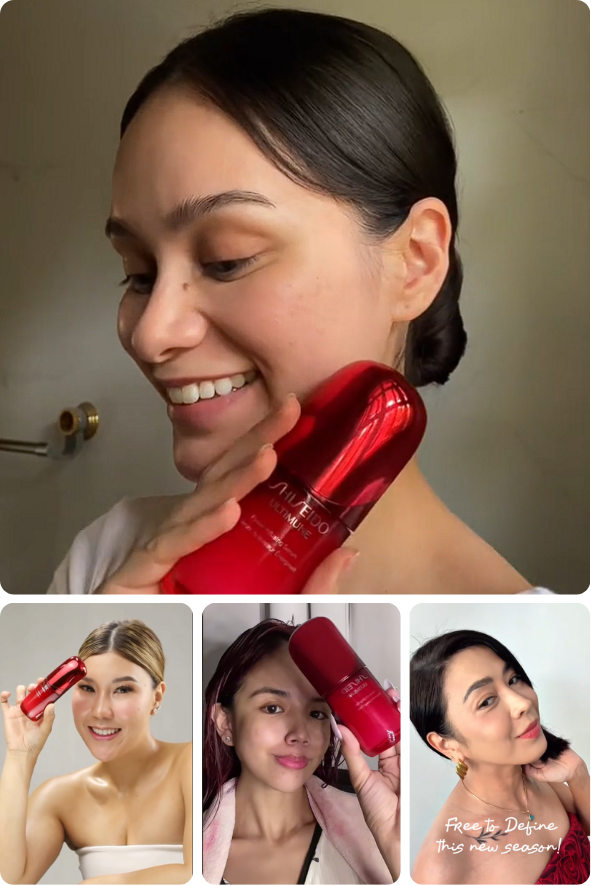How Shiseido’s Ultimune KOL Strategy Made Aging with Power the New Standard
What does aging gracefully look like in the age of skinfluencers and self-care?
For Shiseido, it meant going beyond product claims and letting real women tell their stories. With the Ultimune Power Infusing Serum 4.0, the brand wasn’t just promoting a serum; it was sparking a conversation about confidence, routine, and what beauty means at every age.
Near helped bring that message to life by partnering with KOLs who weren’t afraid to show up with honesty and glow.

Founded in 1872, Shiseido has been a pioneer in Japanese beauty for over 150 years. With a legacy rooted in science, artistry, and innovation, the brand continues to redefine what prestige beauty looks and feels like: delivering transformative skincare and makeup experiences around the world. Today, Shiseido’s mission is to evolve with its audiences, balancing heritage with relevance for the next generation of skincare lovers.
Shiseido’s Ask: How do you make a prestige serum feel more personal?
Shiseido wanted to expand its reach in the Philippine market, particularly by resonating with women in their 30s and 40s without alienating its original loyal audience in their 50s. The Ultimune Power Infusing Serum 4.0 had the science and credibility, but the perception persisted: Shiseido is for moms.
The challenge was to position Shiseido as a skincare essential for modern women who want to age with power, not pressure, and who seek real stories over flawless perfection through Ultimune.
Near turned real-life routines into a movement for ageless confidence.
To help shift perceptions, Near partnered with a curated mix of credible, age-relevant beauty KOLs—especially those in or approaching their 30s—to create content that was not just product-driven, but emotionally grounded and lifestyle-led.
These were influencers who weren’t afraid to talk about aging, burnout, beauty fatigue, or self-care with vulnerability and how Ultimune 4.0 became a consistent part of their everyday glow-up.
1. Elevating storytellers, not just skincare routines
Near saw that KOLs in their 30s and 40s delivered the strongest performance, especially when they embraced reflective storytelling over hard-sell tactics. Beauty creators like Cara De Jesus and Kai Javier, achieved 16.46% and 10.18% engagement rates respectively, by inviting their followers into moments of honest self-care: nighttime routines, confidence reflections, and even beauty burnout confessions.
What set them apart? Relatable storytelling grounded in real product use. Cara, in particular, shared thoughtful reflections as a genuine Ultimune user, weaving personal insights into high-performing, talking-head formats that felt both credible and comforting. These content pieces proved that when creators are empowered to speak honestly about their routines, audiences listen and engage.
2. Content made to convert should not feel transactional
Across just 3 months, the campaign produced 149 content pieces, including 32 TikToks, 33 Reels, and 84 Stories, which helped keep Ultimune present in both discovery and decision-making moments.
Audiences weren’t just watching, they were also commenting, saving, and using Shiseido through Lazada to buy. By tapping creators who spoke to wellness in their 20s and efficacy in their 30s–40s, we aligned our message to the shifting priorities of real women. The result: over ₱2.8M+ in media value, and a revitalized emotional connection to the Shiseido name.
Near’s takeaways on marketing confidence through cosmetics
Lead with lived experience. Beauty content is crowded, but the KOLs who dared to show what’s real cut through the noise. Personal storytelling is relatable and delivers higher engagement and trust.
Age matters, but so does mindset. By tailoring messaging based on life stage, one must avoid blanket messaging. Younger KOLs leaned into wellness, while 30s and 40s focused on self-assurance and skin efficacy. The result? Stronger alignment between content and consumer priorities.
Co-create! The campaign’s best-performing content wasn’t overly curated. It felt personal because it was. Giving creators space to experiment drove authenticity that turned into great results.











